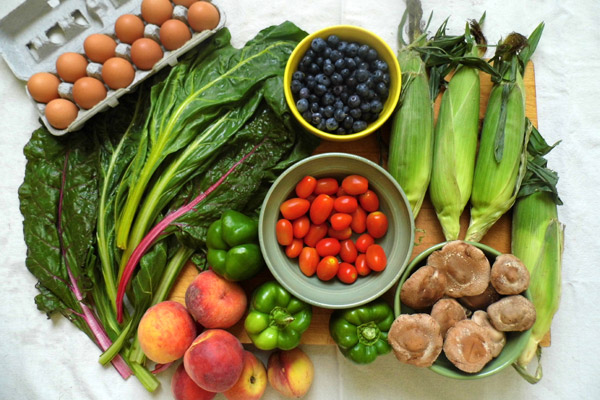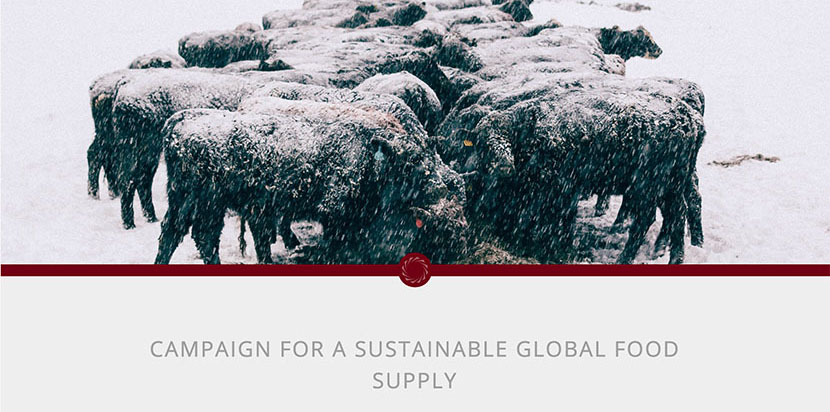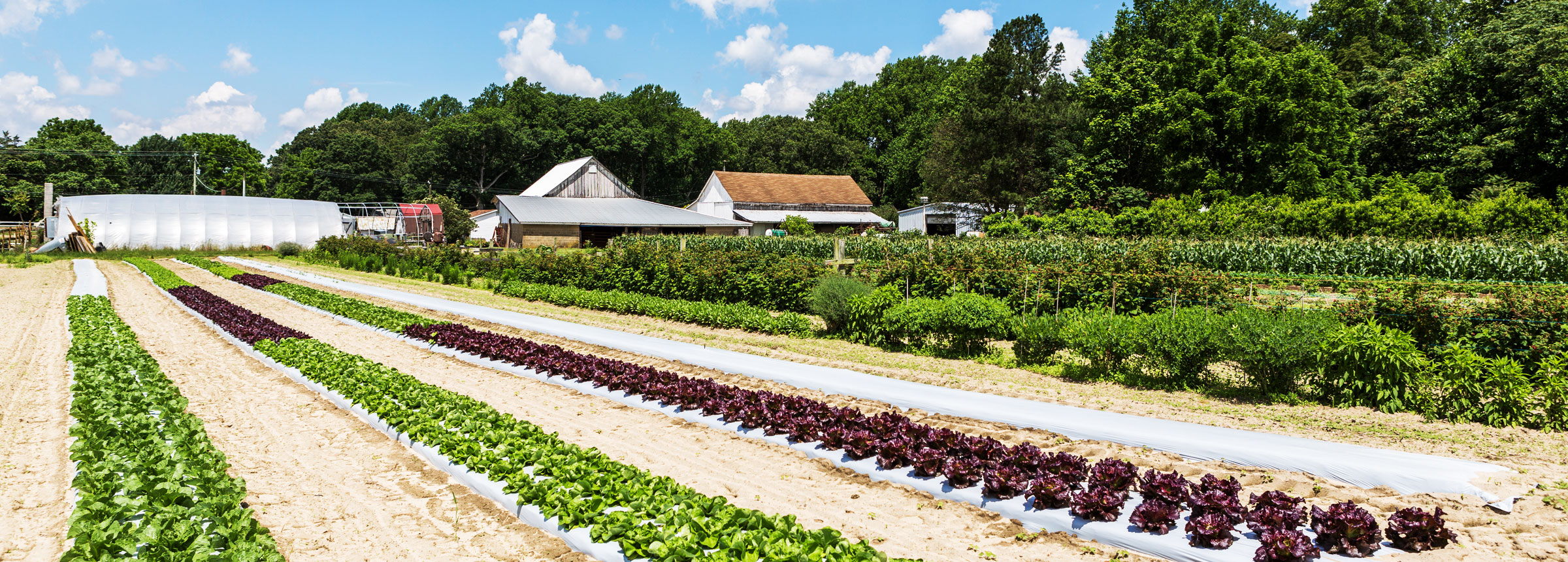
Strength in Numbers
Wallace Center’s John Fisk Discusses Innovative Agricultural Collaboration with Concordia
Small and mid-size farms have their hands full. Not only do they have to build an infrastructure to support production and meet buyer specifications and food safety regulations, but they often have to transport their product many miles to market. This puts pressure on the farmers themselves, as well as on the environment and the region’s economy.
John Fisk, director of Winrock’s Wallace Center, recently sat down with our friends at Concordia to discuss these complex issues. As part of its Campaign for a Sustainable Global Food Supply, Concordia is producing an eight-part multimedia project that highlights the journey from farm to fork. Fisk is a featured guest in Part 2 of this project.
“The real cost of food is being carried by the environment in terms of pollution,” Fisk says. “It’s been carried by the environment in terms of global warming. And it’s being carried by rural communities, because we have consolidated farms and consolidated food industry that drives people out of rural areas and into urban areas.”
That’s why Winrock’s Wallace Center is working to create a robust and innovative 21st-century food system that’s healthier for people, the environment and the economy. It does this in part through an innovative model called a food hub, which Fisk describes as a kind of “socially conscious middleman” between farmers and large-scale buyers.
“A food hub is simply a way of aggregating, or bringing together, product from a lot of farms and getting it to a large-scale market,” Fisk explains. “It aggregates the product, it helps to market and handle the product, and it helps to distribute the product.” By banding together through a food hub, farmers can meet their buyers’ quantity and quality needs, even if they can’t afford to run large-scale operations by themselves.
The Wallace Center has been a leader in promoting and expanding food hubs. “We do research on this sector so that we understand what’s working and what’s not working,” Fisk says. “Then we can communicate where the capacity-building needs are to public agencies, whether it be the USDA or to foundations or to other companies that want to invest in the future of food systems.”
Before farmers can market and distribute their products into wholesale markets, they often need the Good Agricultural Practices (GAP) certification to verify that their products are produced, packed, handled and stored safely. This can be expensive, Fisk says. “It can be a barrier to entry of the market.”
As part of a public-private partnership with USDA and the Walmart Foundation, the Wallace Center helped develop the GroupGAP certification, “a group option that distributes the cost and helps bring training and capacity to growers so that they can access markets effectively,” Fisk explains. Like the food hub, the GroupGAP option strengthens farmers through collaboration, allowing them to function on the level of their larger-scale competitors.
Of course, consumers play an important role in the food system as well, and the Wallace Center works to promote more direct relationships between farmers and the people who buy their food. Fisk’s advice for consumers who want to help change the food system for the better? “Look around you,” he says. “Look for the farms that are there. See who you can support and get to know. The distances will be shorter, the food will be fresher and it will probably be more nutritious than something that’s two weeks old from across the country.”

Related Projects

